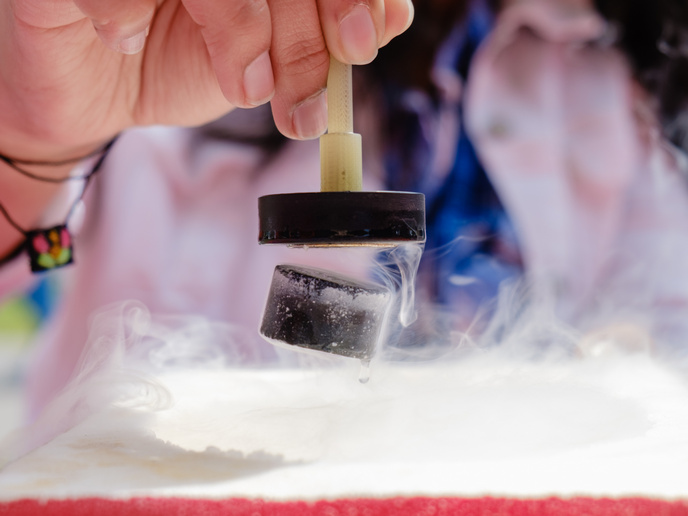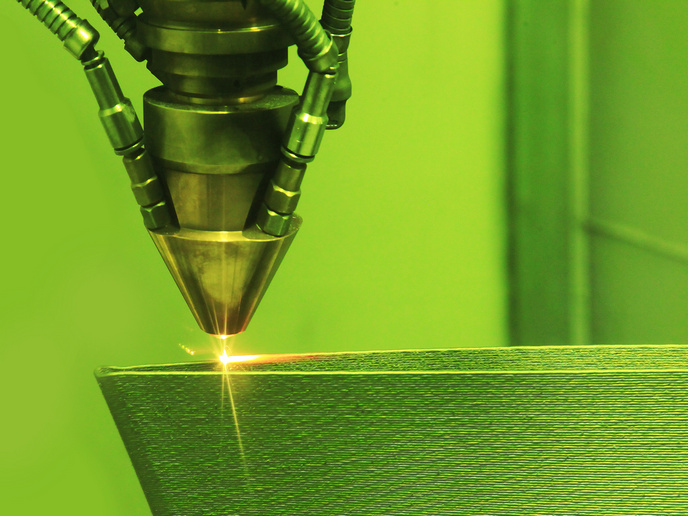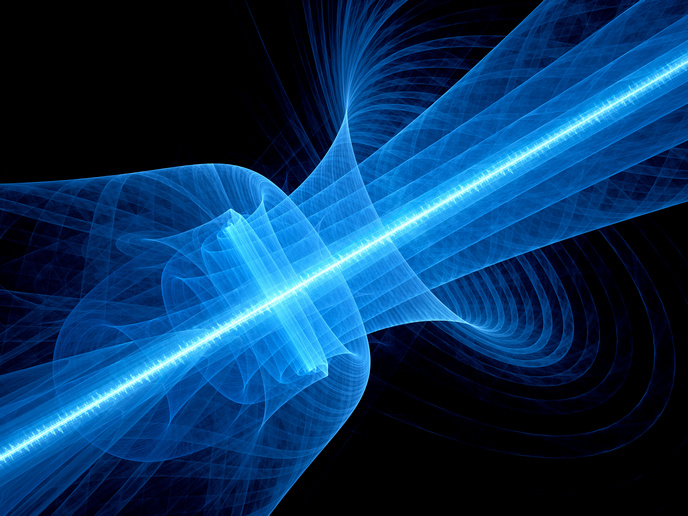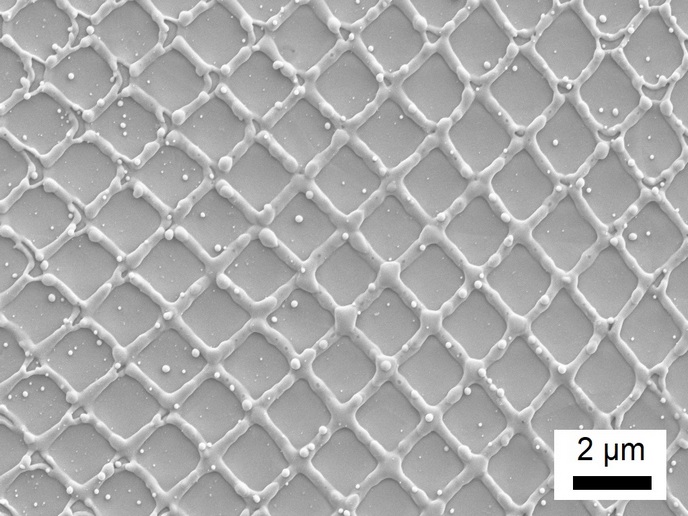Explaining the behaviour of high-temperature superconductors
Superconductivity has the potential to help Europe achieve energy efficiencies and realise exciting new applications. Having no resistance to electrical flow means that energy is not lost (as is currently the case in, say, the transmission of energy from power stations to homes) and makes cutting-edge concepts such as magnetic levitation trains technically feasible.
Properties of supercooled materials
Superconductivity was discovered over 100 years ago. What causes resistance in a metal is the vibration of the constituent atoms – as materials are cooled, these vibrations get smaller and smaller. “Here, we need to consider the absolute temperature scale,” explains CATCH-22(opens in new window) project coordinator Nigel Hussey from the University of Bristol(opens in new window) in the United Kingdom. “The freezing point of water – zero degrees Celsius – is around 273 degrees kelvin. Absolute zero is zero degrees kelvin, the point at which atoms stop vibrating altogether. The remarkable thing about superconductors is that the zero-resistance state is achieved at finite temperatures, i.e. while the atoms are still vibrating. As it turns out, it is these same vibrations that promote superconductivity.” Nevertheless, for decades, there was a general consensus that there was a maximum temperature at which materials were superconductive – about 30 degrees kelvin. To cool these materials to below this temperature, expensive liquid helium was required.
Superconducting properties at higher temperatures
In the 1980s however, a class of compounds (called cuprates) was discovered to have superconducting properties above this threshold. Manipulating compounds to achieve superconductivity at up to 130 kelvin means that liquid nitrogen (many times cheaper than liquid helium) can be used to cool such materials, potentially opening the door to cheaper superconductors. This is the class of compounds that the CATCH-22 project focused on. The mechanism behind this superconductivity remains one of the great mysteries of physics. Supported by the European Research Council(opens in new window), the project sought to explore – and explain – the behaviour of these high-temperature superconductors. The project focused on these materials in their metallic state – i.e. before they become superconductive – to better understand how resistance evolves and in particular, what is going on with the mobile electrons.
Towards a new theory of superconductivity
To achieve this, Hussey and his team employed high magnetic fields, free electron lasers and intense current pulses, as ways to tease out more information about this metallic state. “We identified a clear correlation between the resistance of a material in its metallic state and how high a superconductive temperature it has,” says Hussey. “High-temperature superconductors are more resistant, but when we cool them down, this resistance vanishes.” The project also provided the first evidence of a direct link between the superconducting transition temperature and the strength of coupling to what are called spin fluctuations. The idea here is that instead of vibrating atoms being the key player in terms of dictating resistance, spinning electrons are the key. “There is clearly some additional interaction or property of electrons that is boosting superconductivity, and this is where the strangeness comes in,” remarks Hussey. “The bottom line is that we still don’t know what this is yet, but we do know now where to look.” The CATCH-22 project has made some important steps forward in developing a new theory that explains the behaviour of these high-temperature superconductors. “The goal now is to work with smart theorists and develop smart experiments to get to this point,” adds Hussey.







